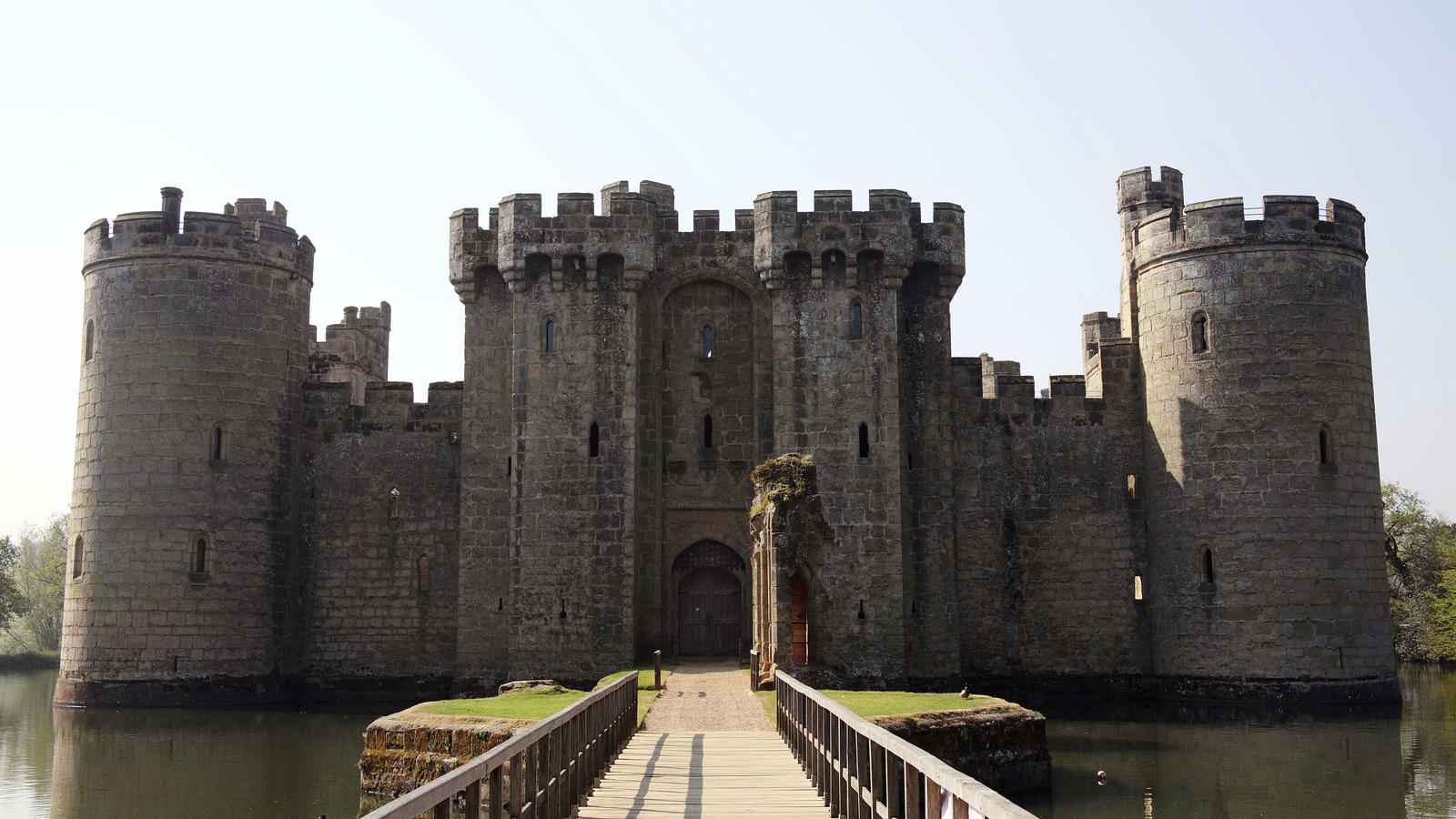



Most castles in western Europe were not built on such remote hilltops but were instead constructed close to towns and cities which tended to be on lower-lying land. However, it is important to note that these fortifications were almost entirely military in nature, being so isolated and far from larger settlements. Often the most formidable castles were built on rocky cliffs, such as the Cathar castles in the Languedoc (see Puilarens for a good example) or crusader castles like Krak des Chevaliers in modern Syria. Krak des Chevaliers is a Crusader castle in Syria In addition to this, castles built on very high hills or cliffs could be better protected from enemy artillery fire, as besiegers would struggle to fire projectiles at such steep angles. The advantages that a motte or hill could offer to a castle are obvious – not only would the castle have excellent views of the surrounding countryside, but the steep approaches to the fortifications would make assaults incredibly difficult for attackers. If there was no natural hill or cliff to build on, a motte was typically built, a manmade earthwork with steep sides. Many medieval castles were constructed on the highest available local ground in order to give the fortification a defensive advantage, but also to save money on construction costs. Castle Natural Defences and Water Defences Employing multiple layers of defence in a castle had several advantages for the garrison.Īside from slowing down attackers and prolonging a siege, staged defences often allowed the different layers to support each other: for example, concentric castles typically had inner walls that were higher than the outer walls, allowing archers or crossbowmen on both walls to engage attacking besiegers simultaneously.įurthermore, multiple layers of defence gave the garrison the option to retreat back to the next stage in the face of overwhelming odds.

This concept can also be called ‘defence in depth’ – it aims to slow down an attacker and cause as many casualties as possible, buying more time for the defenders so that a friendly army can arrive to relieve them. Some of the strongest medieval castles made use of several layers of defence, particularly concentric castles which made use of multiple layers of curtains walls (such as the city of Carcassonne in France). Multiple layers of strong defensive architecture made attempts at assaulting the castle costly, forcing besiegers into long sieges, and giving relief armies more time to reach the castle.ġ.5 Castle Towers A Guide to Castle Defence Layers of Castle Defence
DEFEND YOUR CASTLE GUIDE SERIES
Instead, most medieval wars were decided through a series of sieges, in which the attacking side would generally try to gain as much territory as possible.Ĭastles were strategic military locations, and by capturing them an attacking army could better control an enemy country – disrupting its economy, forcing its armies to retreat, and encouraging its leadership to surrender.Īs a result, castles were meticulously designed to be able to resist siege for as long as possible. As a result, battles were generally avoided and only used as a last resort. Set-piece field battles were not only incredibly bloody but were also highly risky for both sides involved – even a winning army could sustain so many casualties that they would be unable to continue fighting a war and be forced to disband.


 0 kommentar(er)
0 kommentar(er)
